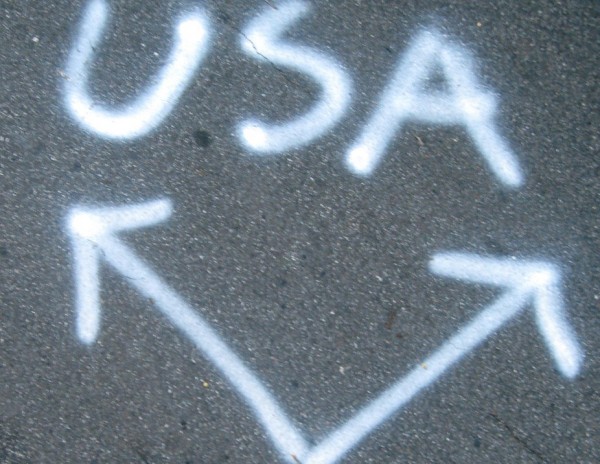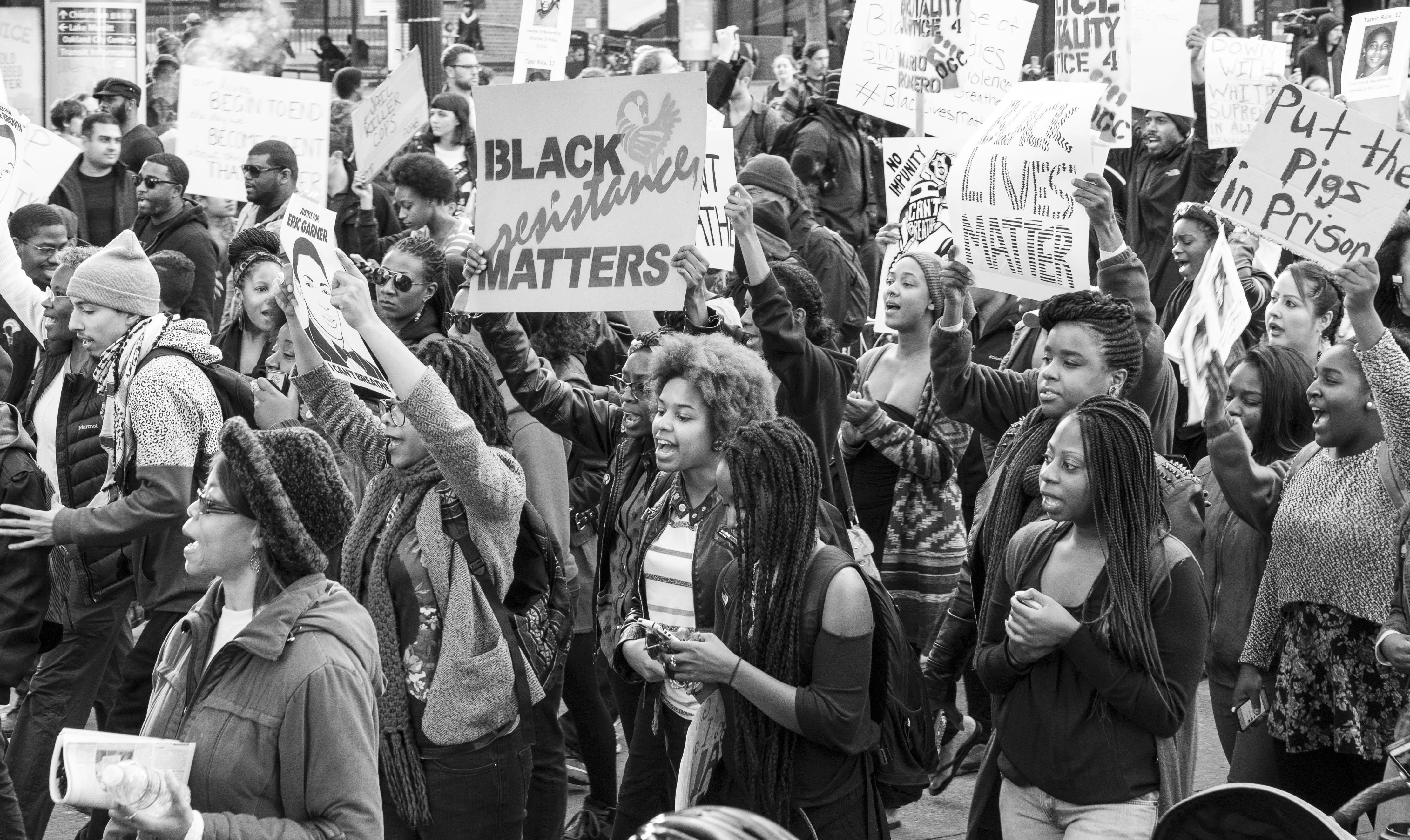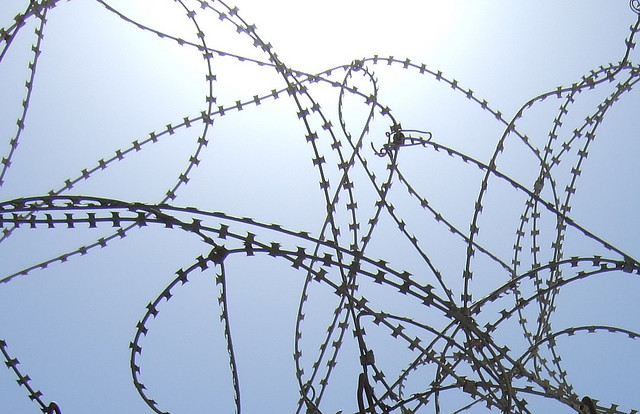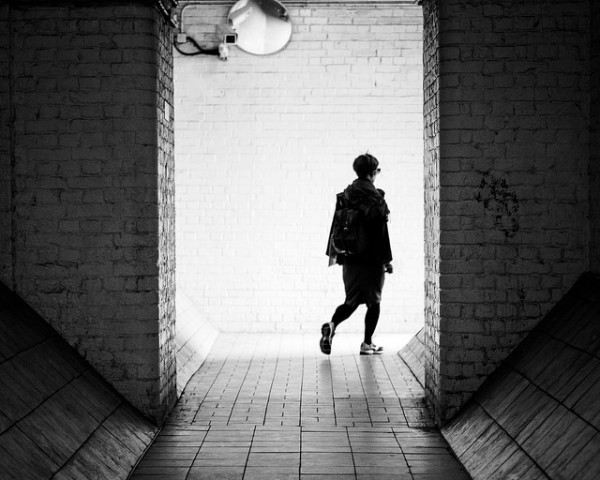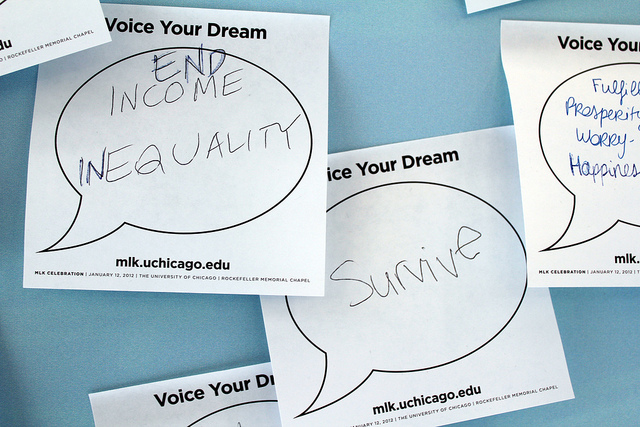
Public sector jobs, like those in the military, education, and prisons, have long been seen as increasing racial equality; they’re often service-oriented and secure, providing seniority, benefits, and paths to promotion. But as “new governance,” described by George Wilson, Vincent J. Roscigno, and Huffman’s new Social Problems research, and privatization make the public sector look more like the private sector, racial wage parity erodes. In exploring their findings, the authors challenge scholarship on institutions and inequality that has assumed that, over time, “social change and associated structural transformations will reduce… inequalities”—that organizational and bureaucratic forces will lead, inevitably, to drops in racism and discrimination.
Using two datasets, the Panel Study of Income Dynamics (PSID2012) and the Integrated Public Use Data Series (IPUMS), Wilson, Roscigno, and Huffamn compare wage discrepancies between black and white employees across time and “new governance,” controlling for factors such as work ethic, education, physical health, gender, age, and unionization. The authors show that, with privatization, wage discrepancies by race grow within and beyond the public sector; this change is not explained by other variables.
New governance means both private and public sectors operate, increasingly, under business models, complete with managerial discretion and market principles. Thus, public jobs start to look more like private ones and rather than continuing a legacy of increased equality, both sectors see more inequality over time.

